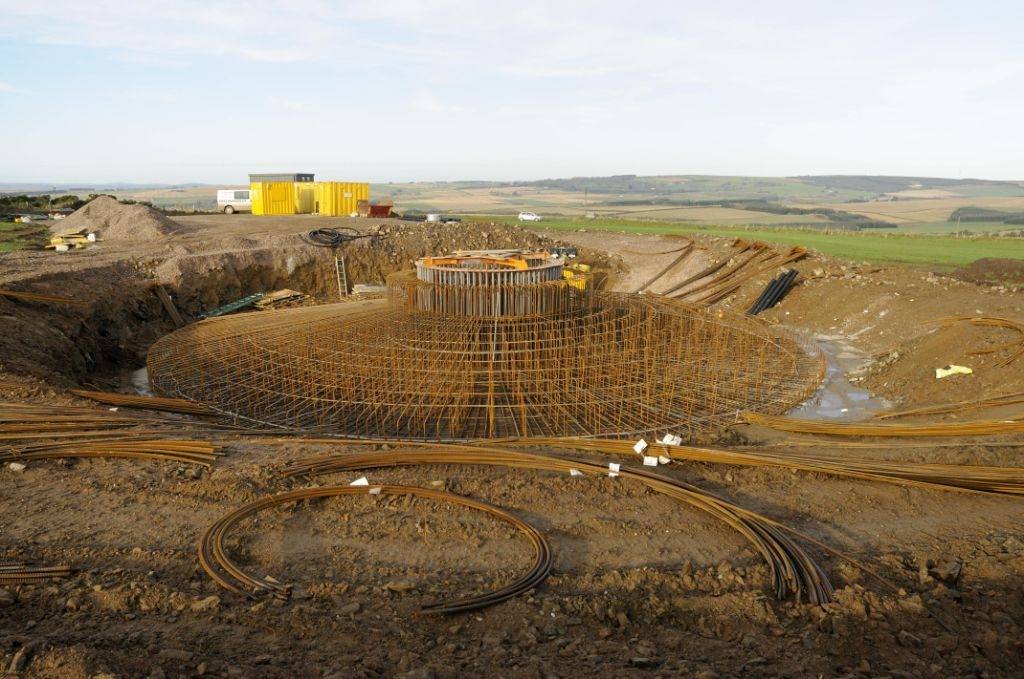Lets spread the myth that what goes into a windmill in terms of energy for construction and materials is less than the the lifetime output. This has been shown to be an absolute lie.
No one on Agriville has the actual numbers that any utility has in their business plan for integrating renewables into their grid and the impact on electricity prices because it is unique to their grid.
So any claims about increased costs are unknown. And generation source makes up only a portion of grid electricity costs.
Its clear that cleaner renewables are being integrated to lower carbon emissions and electricity prices may increase, but we don't know by how much.
There is also a cost to rebuilding coal with CCS and building new hydro, nuclear, and gas plants with CCS along with the rest of the grid infrastructure.
There is not much point discussing unknown costs with the flat earth society who deny the science of human caused climate change and are not the least bit interested in doing anything about it and will use any flimsy argument to justify their position.
No one on Agriville has the actual numbers that any utility has in their business plan for integrating renewables into their grid and the impact on electricity prices because it is unique to their grid.
So any claims about increased costs are unknown. And generation source makes up only a portion of grid electricity costs.
Its clear that cleaner renewables are being integrated to lower carbon emissions and electricity prices may increase, but we don't know by how much.
There is also a cost to rebuilding coal with CCS and building new hydro, nuclear, and gas plants with CCS along with the rest of the grid infrastructure.
There is not much point discussing unknown costs with the flat earth society who deny the science of human caused climate change and are not the least bit interested in doing anything about it and will use any flimsy argument to justify their position.

Comment